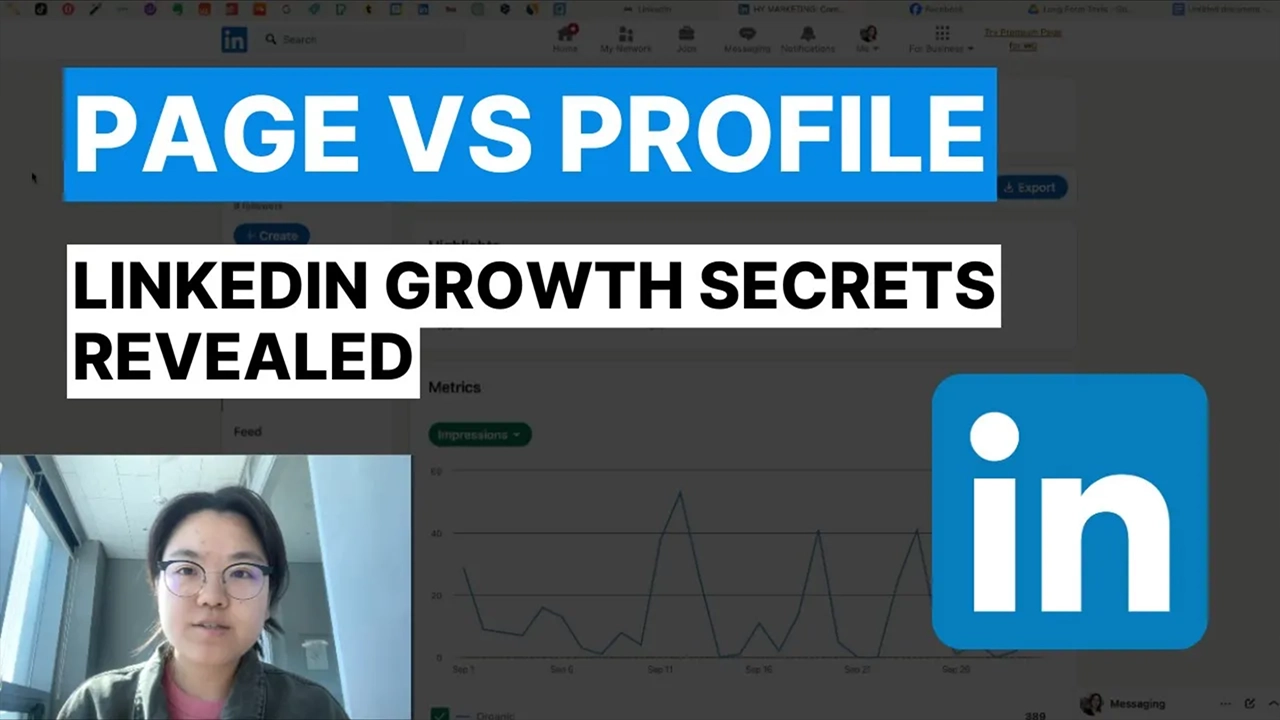Are you ready to expand your brand’s reach into South Korea? Navigating the unique landscape of Korean SEO can be a challenge due to its distinct platforms and practices, and English resources are often scarce.
In this guide, I’ll walk you through how to register your website on key Korean search engines, optimize your content, and access hidden resources that can help your business thrive in this dynamic market.
Are you an audio-visual learner? We got you – click here to follow along the full video!
Why Korean Marketing Needs Its Own SEO Guide
As a professional supporting foreign businesses in South Korea, I’ve seen firsthand how essential it is to leverage Korean-specific strategies. Unlike Western markets, where Google is the primary search engine, South Korea has a variety of popular search engines that require unique approaches.
Understanding the Korean Search Engine Landscape
Beyond Google: Meet the Top Korean Search Engines
To succeed in Korean SEO, you’ll need to target more than just Google. Here are the top Korean search engines you should focus on:
- Naver – Often the first choice for Korean internet users, with search, news, shopping, and community services all built into the platform.
- Daum – Powered by Kakao, Daum integrates closely with the popular KakaoTalk app, making it a great option for reaching local audiences.
- Bing – Recently gaining traction, especially with advancements in Bing’s AI capabilities.
- Zum – Although it’s a smaller player, Zum provides valuable exposure.
- Google – Still widely used in Korea, especially among younger and international audiences.
Step 1: Registering Your Website on Korean Search Engines
While setting up your website on Google might be familiar, each Korean search engine has its own registration process. Here’s how to start:
Go to Naver Webmaster Tools, create an account, and follow their registration instructions. Naver allows you to add metadata that aligns with the platform’s search algorithms.
Since Daum is linked to Kakao, registering here means visibility across Kakao applications.
While Bing’s interface may be similar to Google’s, Zum’s setup requires familiarity with its local guidelines.
If you haven’t yet, register your site with Google Search Console for enhanced visibility among tech-savvy Korean audiences.
Ensure your site’s metadata is optimized in both Korean and English to enhance search results across all five platforms.
Step 2: Optimizing Your Korean Web Page with SEO Best Practices
Key SEO Elements for Korean Content
Use tools like Naver Keywords Planner to find high-traffic keywords specific to the Korean market.
Naver and Daum’s platforms prefer concise, character-specific titles and descriptions. Aim for under 60 characters in titles and 150 in descriptions.
Koreans value locally relevant content. Incorporate cultural references, popular phrases, and local trends to engage users.
Many Korean SEO resources are exclusively in Korean, making it tricky for non-natives. However, I’ve included links and translations in my guide to help you utilize these tools effectively.
Step 3: Building Your Brand’s Presence on Namuwiki
Namuwiki is a popular Korean platform similar to Wikipedia. However, it has strict community guidelines for business listings. Here’s how to succeed on Namuwiki:
- Set up an account on Namuwiki and carefully follow their listing guidelines.
- Provide verified information about your business, products, and mission.
- Regularly update your page with accurate, relevant data to enhance credibility.
Adding your business to Namuwiki can significantly boost your online presence and SEO ranking in Korea.
Step 4: Leveraging Korean Maps for Enhanced Local SEO
If your business has a physical location in Korea, registering on Korean maps is crucial. Platforms like Naver Maps and Kakao Maps allow you to list your business, provide contact information, and display directions. Here’s how:
- Naver Maps: Register on Naver’s business registration portal. Once verified, your location will appear in search results.
- Kakao Maps: Linked to Daum, Kakao Maps lets users easily find your business location and contact information. Simply follow Kakao’s guidelines for business listing.
These map listings help customers locate your business and can improve foot traffic if you’re based locally.
Step 5: Case Study – Real Results from Korean SEO
Using these Korean-specific SEO strategies, my team helped a global business secure 217 SEO keywords across the five primary search engines with an average rank of third place. This resulted in over 262,000 organic impressions without relying on paid ads.
By focusing on localized content and proper search engine registration, the brand achieved visibility and engagement across Korean, Japanese, and English markets.
Get your free copy of our Korean SEO checklist!
In this guide, you’ll find:
- Step-by-Step Instructions for each search engine registration
- SEO Tips tailored for Korean platforms like Naver and Daum
- Additional Resources including tools for Korean keyword research
- Case Studies on SEO success in the Korean market
Expanding into South Korea requires a targeted SEO strategy, and by following this guide, you’re setting yourself up for success in a competitive, tech-savvy market. For ongoing insights into Korean marketing strategies, subscribe to our newsletter, or connect with us for more tailored guidance.
P.S. Looking for a mini marketing audit? Click here to learn more!
Don’t forget to SUBSCRIBE to Our Newsletter for additional global marketing strategies!
Hyein
I’m an award-winning global marketing expert running HY Marketing in South Korea. We help businesses succeed in South Korea, Japan, and English-speaking markets through social media and Facebook ads.
This 90-day playbook shows you exactly where to pivot and how.





